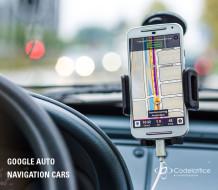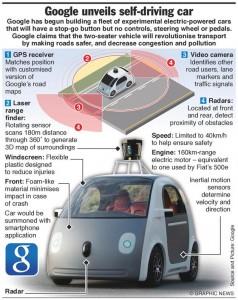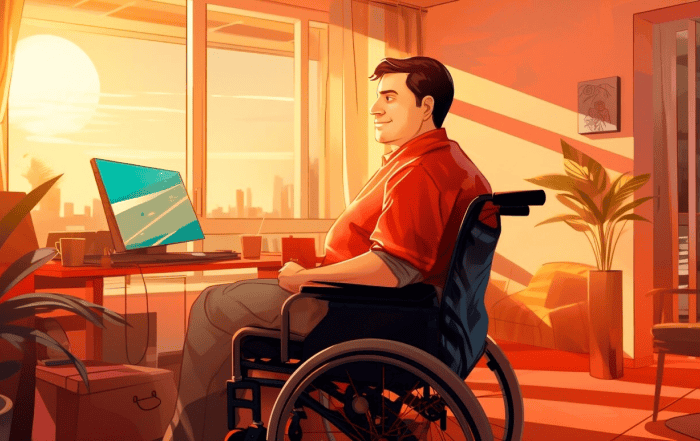
While some of the world’s biggest car manufacturers have invested decades in trying to develop vehicles that drive themselves, obviously they are significantly behind Google. This internet giant recently announced that their self-driving fleet of vehicles has logged about 700,000 miles on public roads around the United States.
In the year 2012, they had been able to log about 300,000 miles on highways. However, since the goal of this project is to provide for a door to door automated chauffeur; their mileage is not as significant as the fact that they are working towards providing urban driving capabilities.
Highways versus Urban Driving
Highway driving is evidently simpler. With more consistent speeds, spacing and the fact that cars are typically the only thing on the road the process becomes rather predictable. On the other hand, urban driving consists of a variety of unpredictable factors such as pedestrians, stop signs, traffic, construction zones and thousands of low-probability situations that need to be taken into account.
Furthermore driving in the city involves catering to frequent lane changes, various speed limits and small shifts within the same lanes to dodge erratic bikers and pedestrians. Urban driving also involves communicating with other vehicles and their drivers with eye contact and gestures. These factors also bring a leading question in the minds of people – What happens in case of a traffic violation?
Who Gets Blamed – the Driver or the Vehicle?
As much as the whole deal sounds like something straight out of a science fiction novel, the “Jetsons” way of life is no longer a distant fantasy. However, the advent of this technology also raises a number of interesting legal questions about the future of driverless vehicles.
Google says that it is their objective to help people who cannot drive and also contribute to improved road safety. These cars will not have steering wheels, brake pedals or gas pedals. However, each one of them will come with two seats along with seatbelts, a start and stop button along with a GPS system. It has been estimated that as many as 230,000 driverless cars could be purchased the world over within the next 9 years.
Within the United States, four states included Florida have passed laws that explicitly permit autonomous, self-driving vehicles on public road. However, the law also states that a licensed human driver that is not under the influence is on the driver’s seat at all times.
It has also been suggested that if a self-driving car gets a parking ticket, it will be the car’s owner who will be held responsible regardless of whether the fault lies with the car or the owner. However, the issue becomes complicated when there are car injuries and death in an auto accident.
The fact that these vehicles will record data and video that will help reconstruct events and ensure that the blame is put on the right party, it is rather clear the traffic laws will have to significantly alter themselves to match up with new – age technologies.









